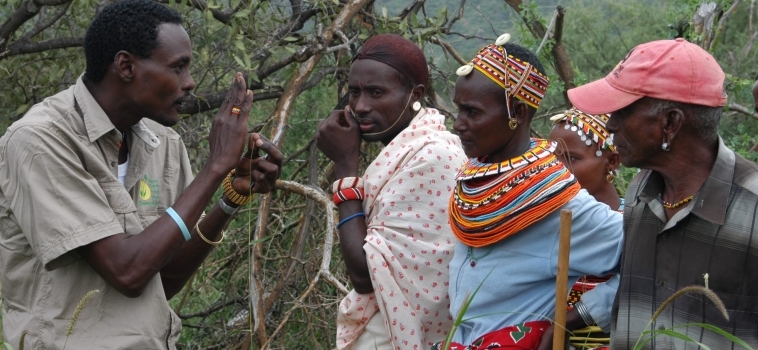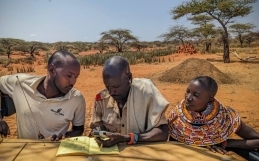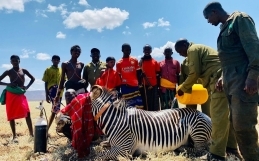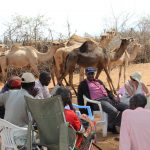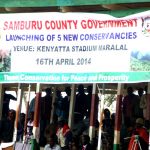Since GZT began working in the Laisamis region, communities have repeatedly requested us to expose them to other conservation models in northern Kenya. In December 2013, GZT facilitated an exposure tour for 24 community members, funded by the Disney Worldwide Conservation Fund. Pre- and post-tour focus group discussions revealed that conservation awareness was low before the tour and that the experience significantly improved the participants’ knowledge and awareness.
During the exposure tour there were two key learning points. The first was that the participants quickly realised the main difference between their areas and the conservancies they visited was habitat health. They felt that habitat restoration was the foundation that they must focus on initially not only to build up their wildlife populations but also to support their pastoralist livelihoods. Grazing management is therefore one of the tools they have requested technical support for.

© Grevy’s Zebra Trust, in Samburu National Reserve
The second learning moment was when we drove through Samburu National Reserve en route to Westgate Community Conservancy. We were extremely lucky to see an abundance of wildlife and in particular spent a lot of time among hundreds of elephants. One of the warriors in the back of our car commented: “I never knew that we could get so close to elephants and that they would just treat our vehicle like it was another elephant!” We then visited Save the Elephants and were shown how elephants concentrate in areas where they feel safe.
Thus it became clear that if security (peace), grazing and water are in place then wildlife will thrive. And these are exactly the same things that will enable pastoralism to thrive. This reminded us of the holistic context that we work within – that the lives of the people and the survival of the wildlife are inextricably linked. Thus, for conservation to be successful, decision-making must be holistic and consider social, economic and ecological factors before actions are taken.
